Description
This package includes a Siem Reap Wildlife Blend, Prek Toal Birding Adventure, Kulen Silver Langur Trail, Angkor Temple and Gibbon Spotting Trek, and Kulen Elephant Forest to provide you with the ultimate tour experience of wildlife that can only be found in this particular area. Furthermore, if you need some guided eco-tours for your visit to Siem Reap this is an excellent way to go hands-on while making sure your trip stays as sustainable as possible.
Experience Cambodia in its full glory. With Siem Reap Wildlife Blend you can experience the serene beauty of Prek Toal Birding Adventure, Kulen Silver Langur Trail and Angkor Temple & Gibbon Spotting Trek while learning about sustainable tourism practices and helping conserve a species on the brink of extinction. Save time by bundling your tours together with ACCB Experience – Angkor Center for Conservation and Biodiversity!
Itinerary in Details
Your driver will greet you at Siem Reap International Airport and transport you to your hotel for check-in. When you arrive at the hotel, you will be greeted by one of our management teams, and you will have the chance to go through your schedule again before it begins.
At 8 am, we discover the Cambodian countryside by bike specially designed for families with children in the morning. Our guide knows the best tracks for an enjoyable tour that allow you to see rural life. The Mountain Bikes can be equipped with baby seats and also bikes for children that fit all sizes. After the tour, we will transfer you back to your hotel, and you will have the afternoon free.
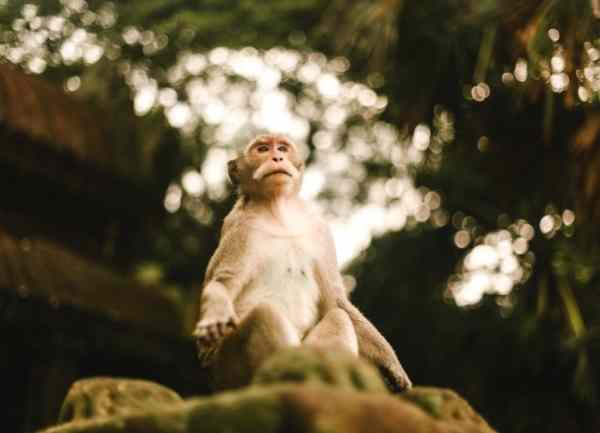
This morning, you will get picked up at the place where the call began, wherein 802 AD. Jayavarman II crowned himself god-king. Rich in history, the “Age of Angkor” began in Phnom Kulen. It is one of the only two places in Cambodia where Buddha has set his foot.
You will visit a scenic waterfall and a giant reclining Buddha; these are parts of a standard trip here. In addition, we push on further exploring kilometres of complex back trails, deep jungle treks, and hidden temples, including the magnificent and highly sought-after stone elephant and lion statues.

This morning you’ll get picked up at Prek Toal as it has been called “the single most important breeding ground in Southeast Asia for globally threatened large waterbirds”. Key bird species of global significance here: Spot-billed Pelican, Milky Stork, Painted Stork, Lesser Adjutant, Greater Adjutant, Black-headed Ibis, Grey-headed Fish Eagle, and Oriental Darter.
Enjoy the landscapes of flooded forests, floating villages, and the Great Tonle Sap Lake.
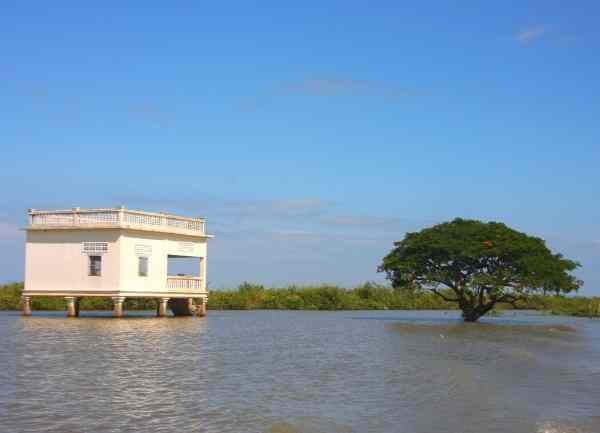
This morning, you’ll get picked up from your hotel to Kulen Elephant Forest. There, you’ll learn about the elephant morning routine.
Help the elephants with breakfast in the mornings and watch them prepare for the day before heading into the forest together. Observing the elephants’ mornings is a great way to learn more about how to care for them.
At noon, return to base camp and share a traditional meal with our large residents before bidding them farewell and departing for Siem Reap.

At 8 a.m., you leave by jeep for the enigmatic and magnificent temple of Bayon. We can escape the throng and view the temple at its quietest if we start our visit here. This temple in the middle of Angkor Thom is an odd representation of Cambodia’s most famed king’s artistic talent and bloated ego.
Its 54 towers are each embellished with the four faces of Avalokiteshvara (Buddha of Compassion), who resembles the king himself. These massive heads peer around every corner, expressing power and authority with a touch of compassion, just the right combination to retain a grip on such a huge empire.
You continue your journey into the walled city of Angkor Thom, a piece of art created by King Jayavarman VII. After the Chams occupied Angkor from 1177 to 1181, the new monarch resolved to build an impenetrable citadel in the heart of his dominion. The causeway is flanked by a complicated bridge portraying the churning of the ocean of milk from Hindu legend, in which devas (gods) and asuras (devils) battle a naga (seven-headed serpent) for the elixir of immortality.
The Terrace of the Leper King is our next site in Angkor Thom. This finely carved platform served as the royal cremation, and the statue, which was initially assumed to represent the leper king, is now understood to be Yama, the deity of death.
We make our way down the Terrace of Elephants, which was initially utilized as a viewing gallery for the monarch to command parades, performances, and traditional sports. The Baphuon temple, one of the most magnificent in Angkor, is located at the southern end and was erected in the 11th century under the reign of Uditayavarman. It has undergone extensive renovations and is now open for visitors.
You next proceed to the Mother of all Temples, Angkor Wat, which is thought to be the world’s greatest spiritual structure. This temple is the ideal blend of symbolism and balance, and it is a source of great pride for all Khmers. We begin by unraveling the riddles of the bas-reliefs, which reflect Hindu mythology as well as the splendors of the Khmer monarchy. These complex carvings stretch for over a kilometer and are a candidate for the world’s longest uninterrupted piece of art. We next make our way to the highest levels of the inner sanctuary, following in the footsteps of the devout and the destructive who came before us.
As pilgrims had to kneel on their approach to encounter the Gods, the last steps leading to Angkor’s top terrace are the steepest of all. Thus, we have arrived at Angkor Wat’s apex and holy center, a perfect blend of spirituality and symmetry that few moments can rival. Following that, we proceed to the Ta Prohm temple, which has been abandoned to the elements. The temple serves as a crucial reminder that, as empires rise and fall, nature’s raucous might marches on, oblivious to the tragedies of human history. The tentacle-like tree roots found by French explorer Henri Mouhot in 1860 are slowly strangling the last stones that man mastered nature to erect.
We will next stop for a late lunch at a nearby restaurant (lunch is on the customers’ expense) before proceeding to our final temple, Banteay Kdei. The name translates to ‘Citadel of Chambers,’ and because the temple is on one level, it is simple to explore the towers and passageways, as well as the magnificent sculptures.
The temple’s construction had changed many times since its original plans, causing a slight lack of consistency in its design. That being said, the outcome of the temple is superb. As it is far less visited than its neighbouring main sites, Banteay Kdei offers a serene and peaceful end to our exploration.
After the temple tour, you’ll go straight to the Angkor jungle for a wildlife visit, like the park’s roaming gibbons! And currently, there are three species of gibbons: Lar Gibbon, Pileated Gibbon & Agile Gibbon.
After the tour, you’ll be transferred back to your hotel for the rest of the evening free.

Today you are free until we pick you up from your hotel to the airport with plenty of time before your departing flight back home.
From the tours

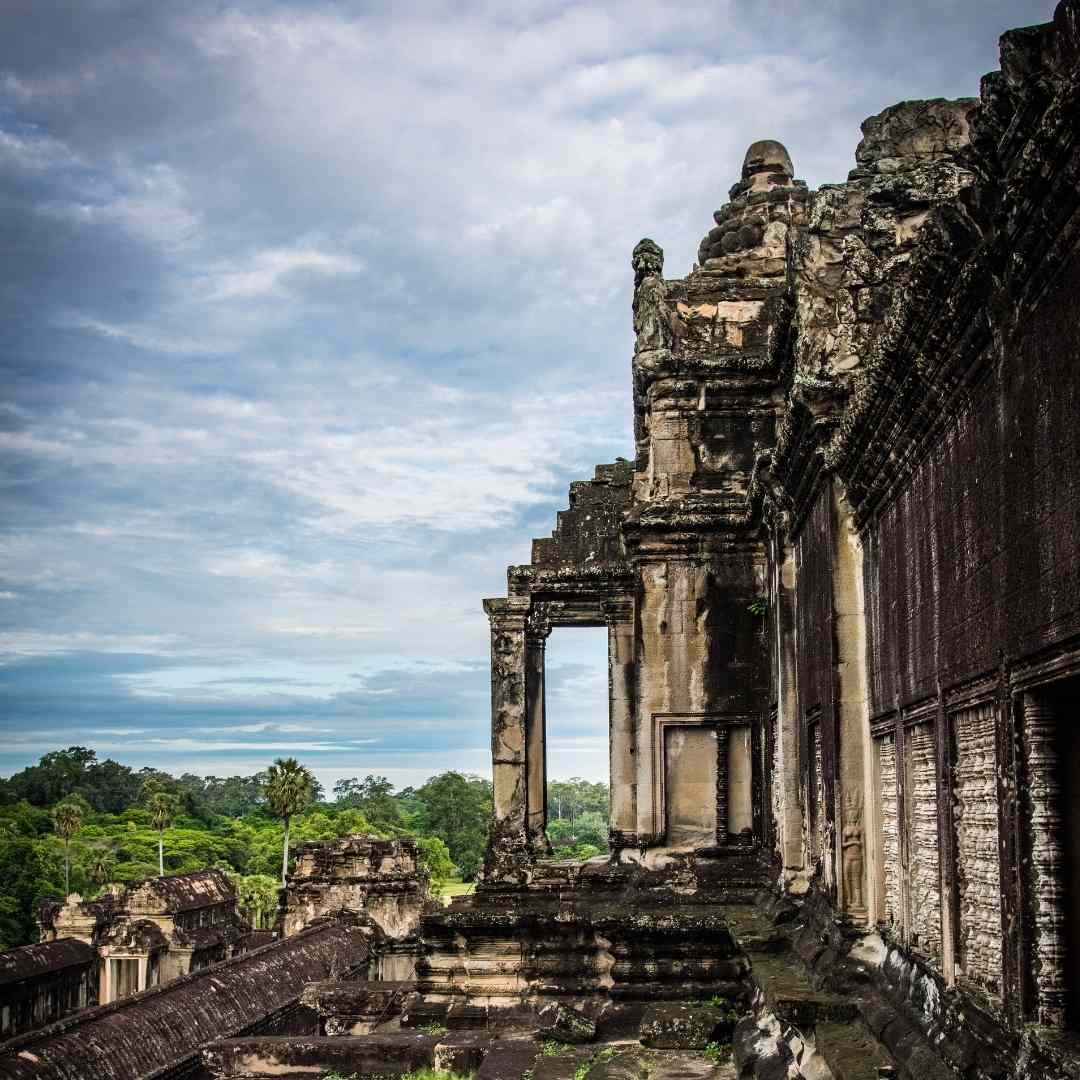
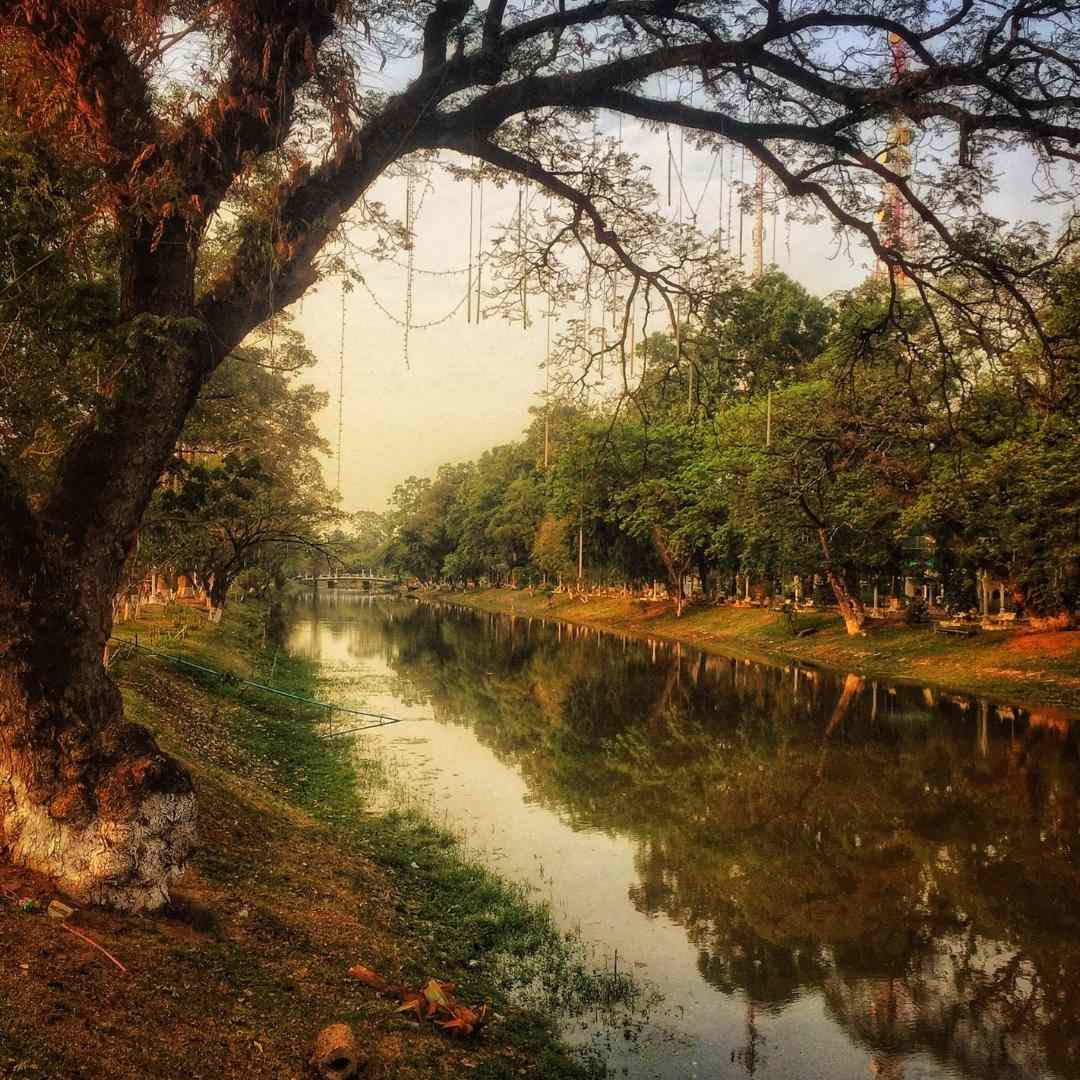


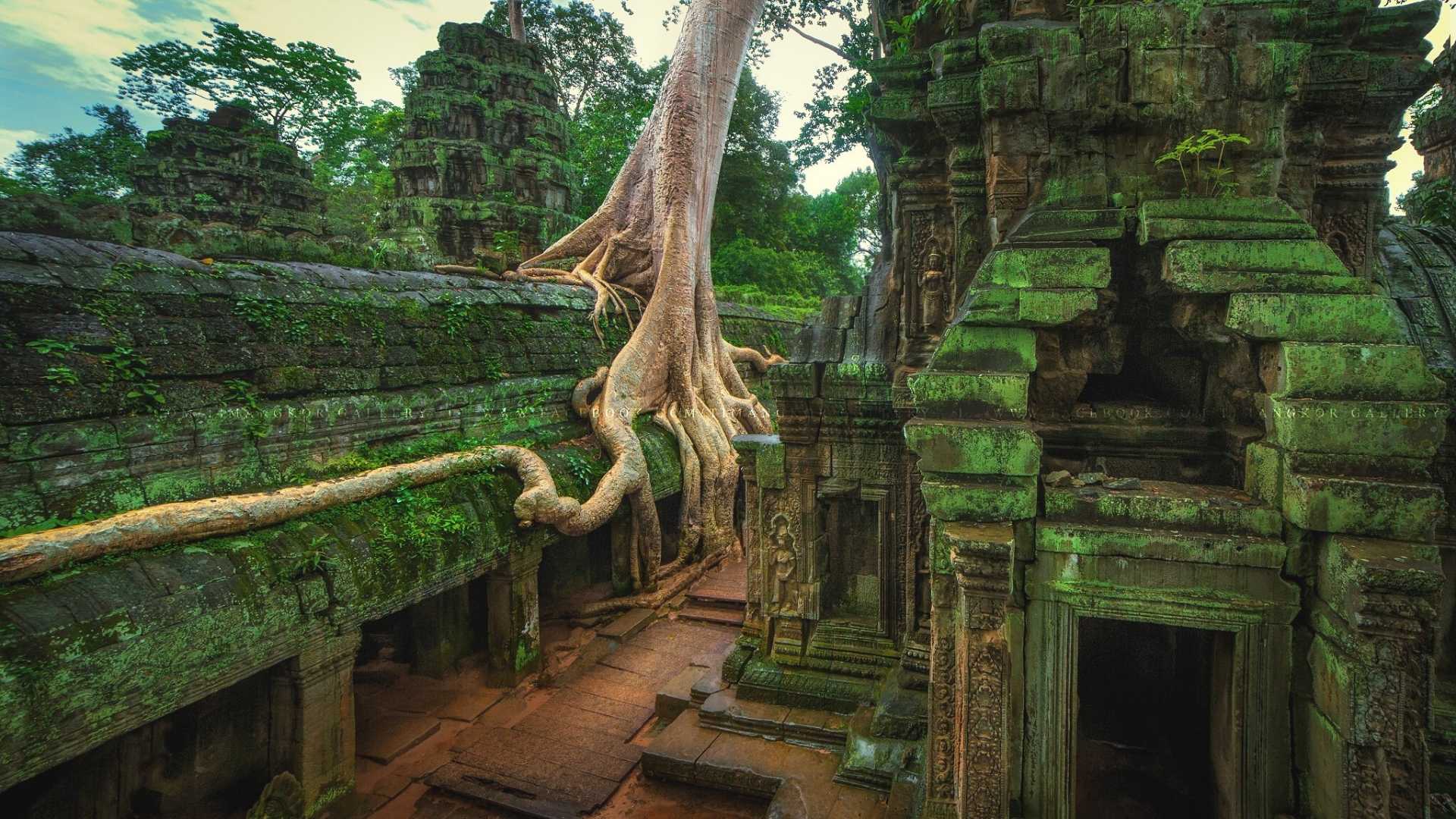
Hotel Gallery
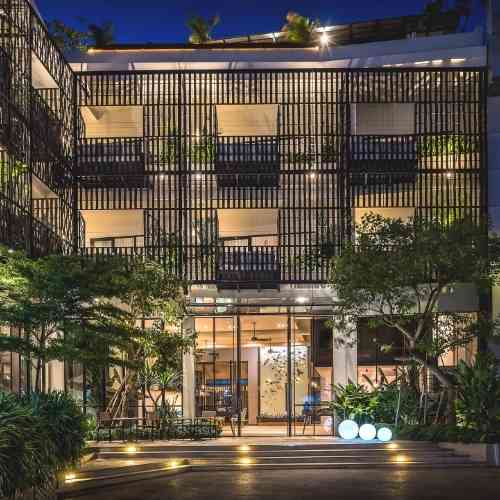
the Aviary Hotel Siem Reap
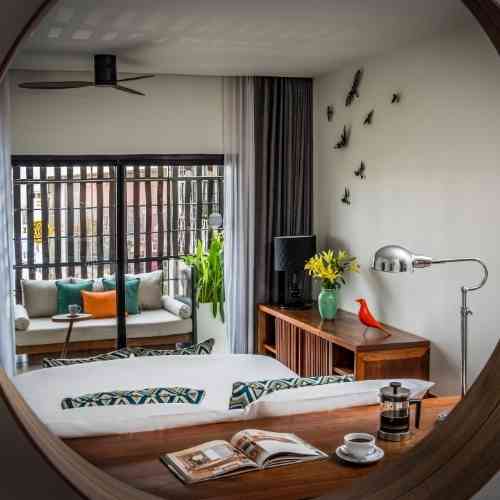
the Aviary Hotel Siem Reap
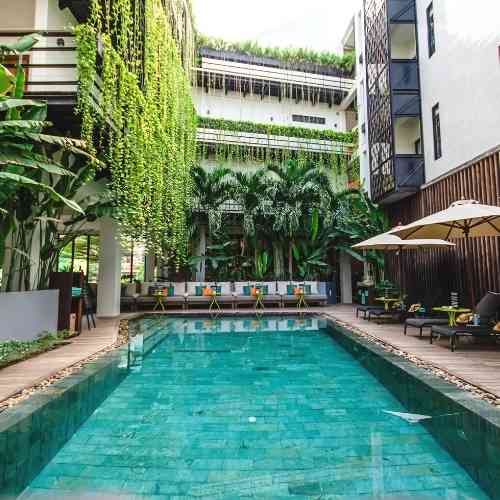


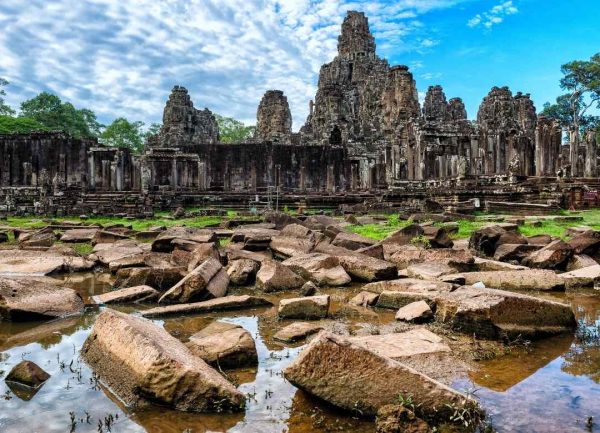

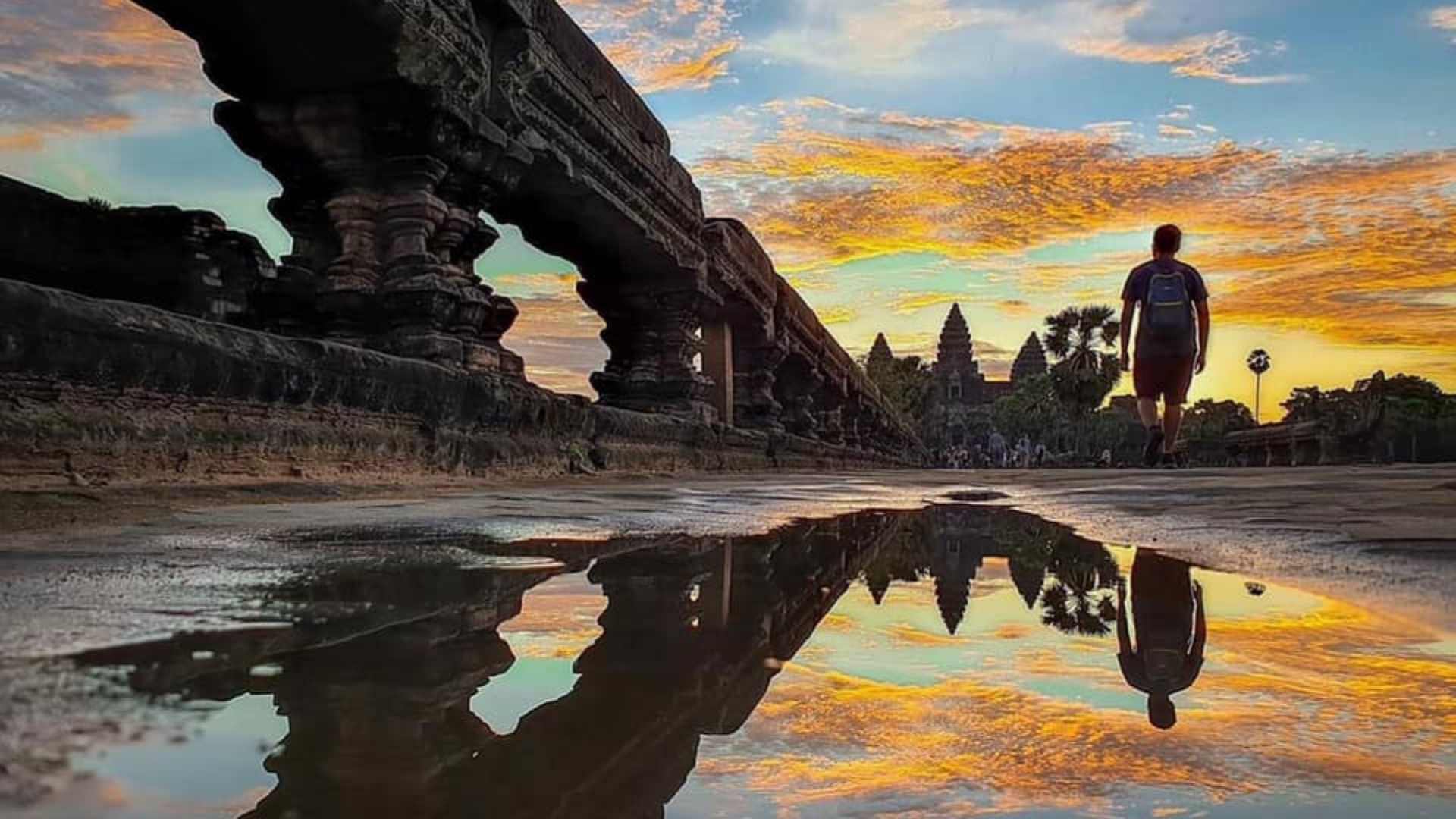
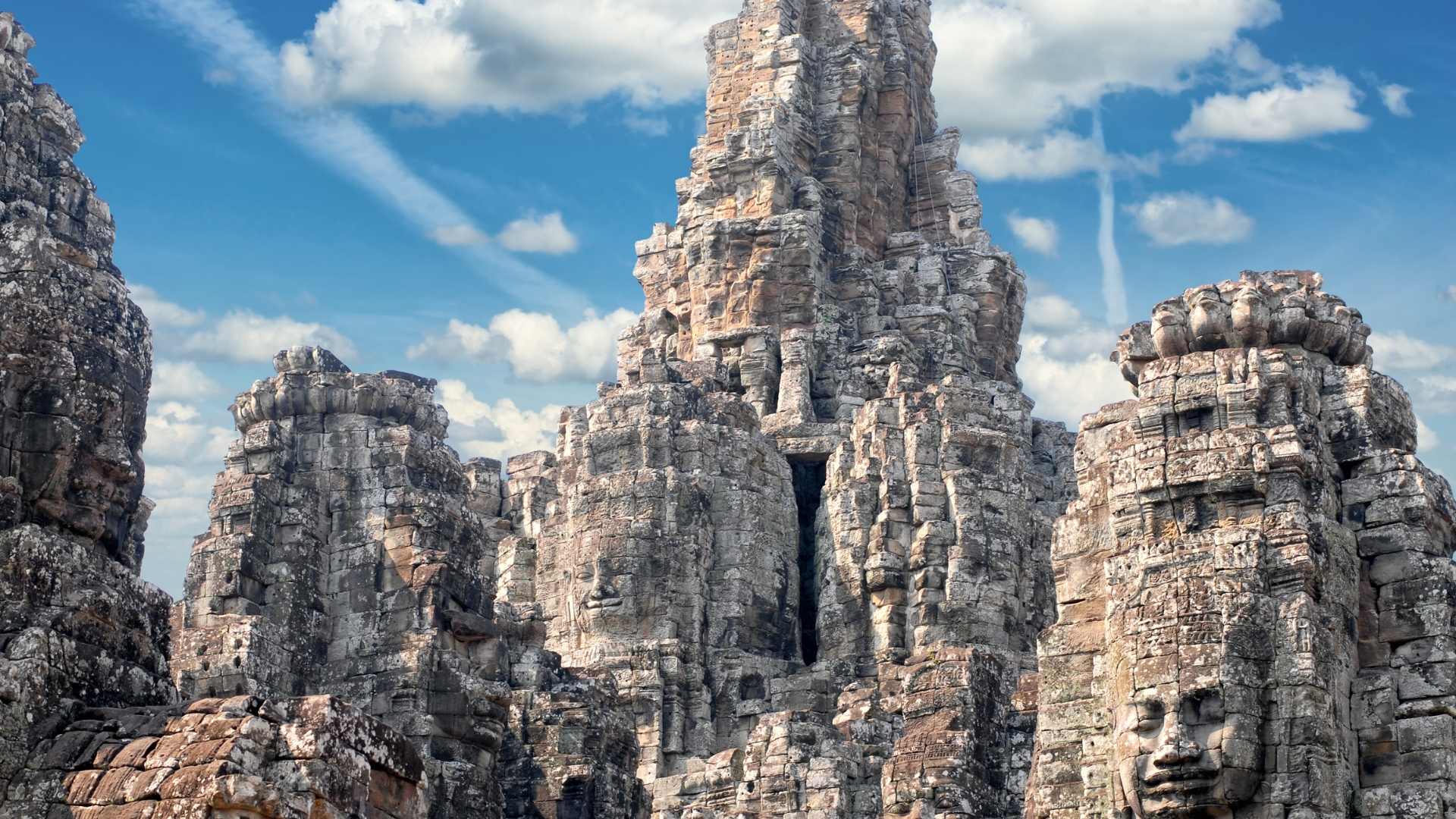
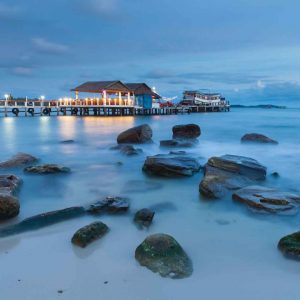
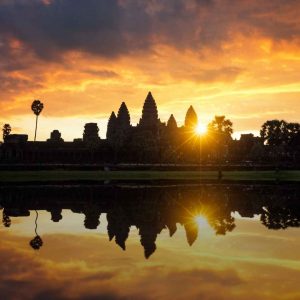


Reviews
There are no reviews yet.